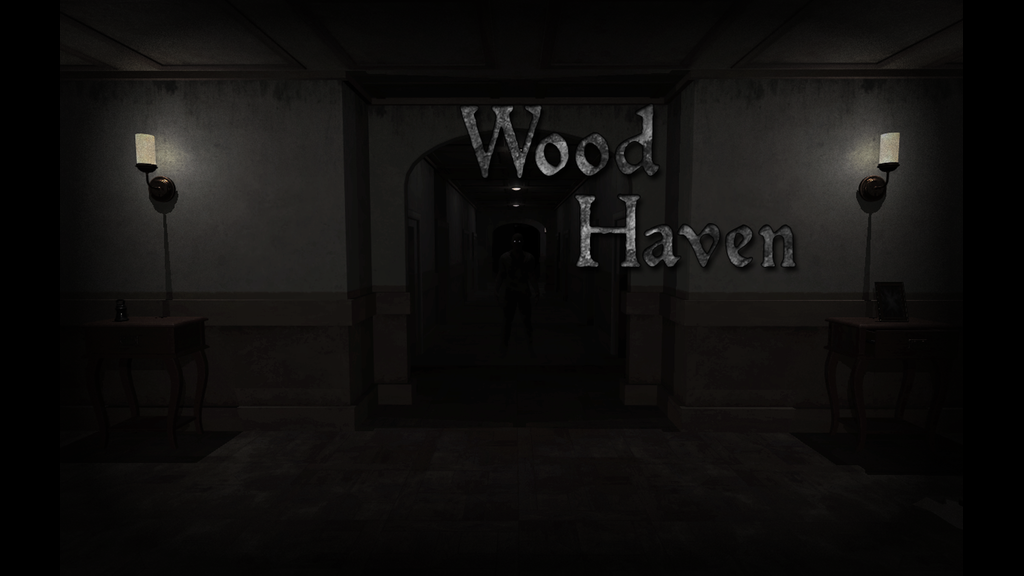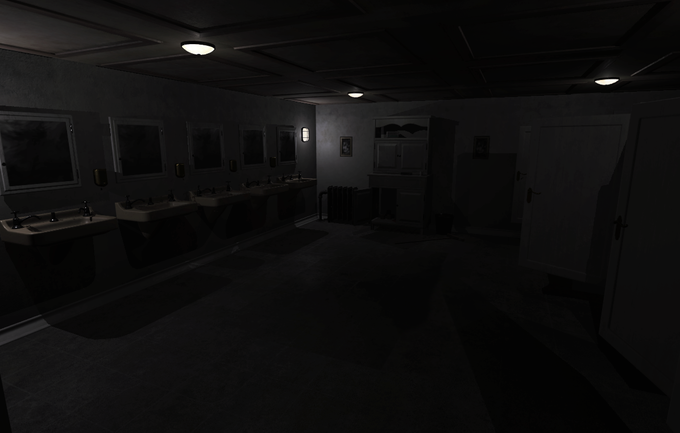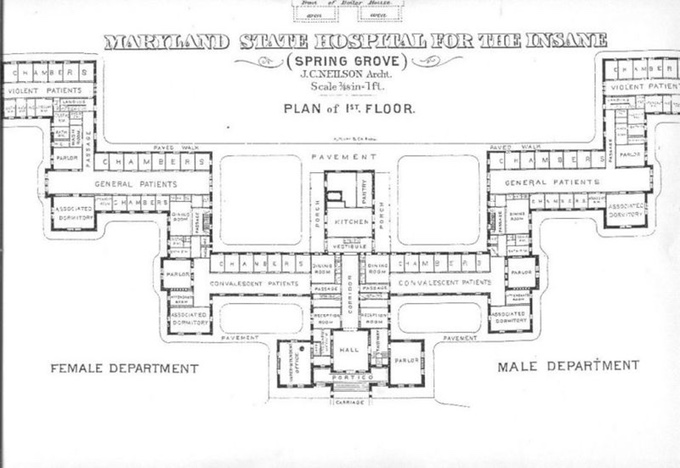As noted philosophers Barenaked Ladies once mused, “it’s all been done before.” Never is this sentiment more apt than when browsing the hundredth crowdfunding campaign for yet another Metrovania 2D platformer. Still, some indie devs manage to infuse their projects with an added spark of creativity to rise above this and reach their funding goals. This article is not about such projects.
Insane asylums are a well-worn horror trope to the point of being a lazy developer’s cheat code for quick and easy scares. With the success of games like Outlast it’s sadly one that isn’t likely to go away anytime soon. (Despite the recent push to end the stigma of mental health in the horror genre.) Let’s take a look at two separate campaigns who’ve both hitched their wagons to this tired concept and see which one fairs better.
 First up, we have Spring Grove. Seeking $500, the project’s developer, Jacob Brandl, promises backers a psychological horror game based on a real location, Maryland State Mental Hospital. Presumably, this inspiration came from the availability of the building’s blueprints, which Brandl shows off in lieu of actual development.
First up, we have Spring Grove. Seeking $500, the project’s developer, Jacob Brandl, promises backers a psychological horror game based on a real location, Maryland State Mental Hospital. Presumably, this inspiration came from the availability of the building’s blueprints, which Brandl shows off in lieu of actual development.
The story of Spring Grove follows security guard Jack Callanan as he works the night shift at his new job. Tasked with securing the abandoned building, Jack keeps an overview of the areas through security cameras in between venturing out to perform his nightly rounds. It’s not the worst idea, but to be clear, it is still very much an idea at this point. The campaign has nothing to show for itself, and aside from things becoming “extremely creepy” as the night wears on, players aren’t given much to anticipate.
It seems like even the developer isn’t quite sure where he’s going with this or what’s inherently scary about the hospital setting. Rather than base the game’s lore in the actual history of the location (since it’s a real place) he just muses about how crazy people probably saw some strange shit and that’s likely scary, right?
“The scares, a lot of them, could range from a scary clown to a simple bug.”
Right.
 Moving along, we have Wood Haven by Austin Gincott. This one is seeking $3,000, and is set in the fictitious Wood Haven Asylum. Players must explore a massive hospital, for reasons. Either alone, or with friends, players will complete randomly generated tasks to escape. All while finding randomly generated items, as randomly generated enemies and jump scares randomly taunt them.
Moving along, we have Wood Haven by Austin Gincott. This one is seeking $3,000, and is set in the fictitious Wood Haven Asylum. Players must explore a massive hospital, for reasons. Either alone, or with friends, players will complete randomly generated tasks to escape. All while finding randomly generated items, as randomly generated enemies and jump scares randomly taunt them.
Borrowing heavily from the “LOL so random” school of horror, pretty much everything you see and do in Wood Haven can change on a whim. The only thing that seems to remain consistent is the absurdly dark screenshots.
 One the one hand, at least Wood Haven promises actual gameplay mechanics. Sadly, the random nature of, well everything, keeps it from feeling like a properly constructed experience. Moving between areas with no rhyme or reason isn’t scary, it’s frustrating. Almost as frustrating as not being able to locate a key item because it may not have spawned this round.
One the one hand, at least Wood Haven promises actual gameplay mechanics. Sadly, the random nature of, well everything, keeps it from feeling like a properly constructed experience. Moving between areas with no rhyme or reason isn’t scary, it’s frustrating. Almost as frustrating as not being able to locate a key item because it may not have spawned this round.
Who Wore It Best?
I’ll have to grudgingly tip my hat to Wood Haven in this match-up. Spring Grove may have a real location to work with, but it completely discards any historical significance in favor of cheap scare tactics. Wood Haven, despite rolling the dice on procedurally generated action, at least has a few screens to show for itself and an extremely basic idea of gameplay elements it (could) incorporate. Eventually.
If you’ve noticed any other campaign chameleons you’d like me to take a look at, feel free to leave a link in the comments below.




